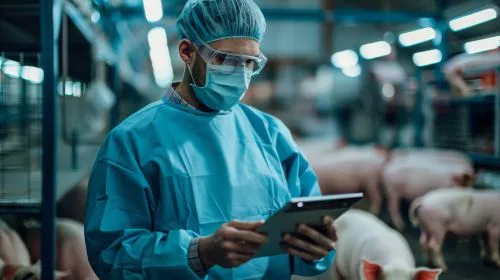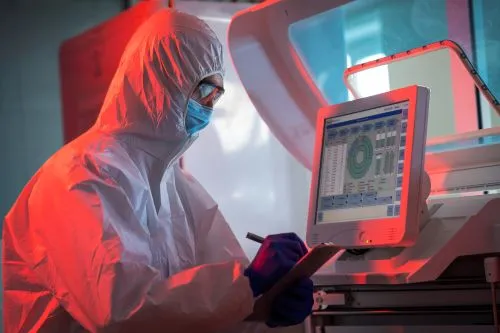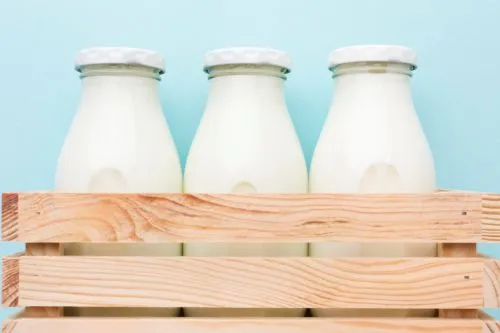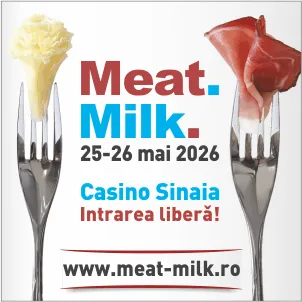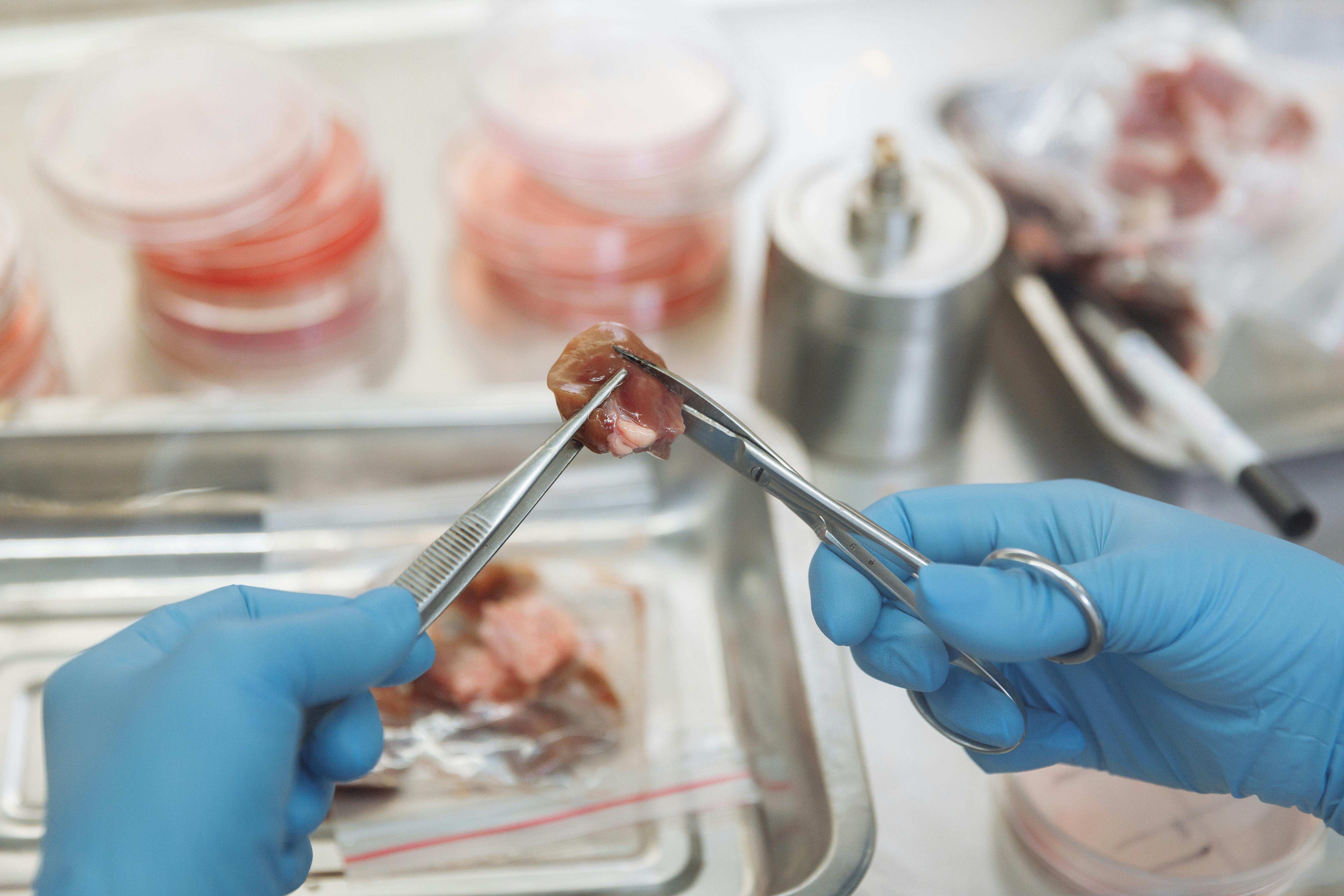
What Is Cultivated Meat?
It is meat produced artificially from animal cells grown in vitro—without raising or slaughtering animals. The cells are multiplied in controlled bioreactors, transforming into muscle tissue, fat, and even blood vessels, replicating the structure of traditional meat.
📊 Key Advantages
- High Microbiological Safety – Cultivated products are grown without contamination risks such as Salmonella, E. coli, or antibiotics. Sterile control is significantly more effective than in conventional production. The industry reports an average contamination failure rate of around 11%, which is steadily decreasing as the technology matures.
- Outstanding Sustainability – Life cycle analyses (LCA) show reductions of up to 96% in greenhouse gas emissions, 99% less land use, and over 80% less water usage, compared to traditional meat. However, the energy demand can be higher, and actual impact depends on facility design.
- Nutritional Control – Customized composition: adjusted fats (e.g., omega-3), no antibiotics or hormones, while preserving an optimal protein profile.
🔍 Food Safety: What Do We Know So Far?
Processes used in cultivated meat (HACCP, GMP, GCCP) are adapted from biotech and medical industries. Research shows that once applied and refined, contamination can be efficiently managed—with failure rates lower than in conventional meat.
🏛 Regulations & Current Status
- Singapore, the USA, and Israel have already approved cultivated meat for human consumption.
- The UK has approved cultivated meat for pet food use, while developing a framework for human evaluation.
- In the European Union, startups like Gourmey and Mosa Meat have filed dossiers for EFSA approval—a process estimated to take at least 18 months.
- Italy has imposed a full ban, citing the protection of culinary traditions.
⚠️ Challenges & Uncertainties
- Scaling production to commercial levels remains difficult, and costs are still high.
- Public acceptance varies: younger consumers in some countries are open to the idea, but social and cultural resistance persists.
- Energy sustainability depends heavily on the source of electricity and plant efficiency.
🌍 In Romania: Opportunity or Utopia?
- The Romanian market currently has no cultivated meat available, but there is academic interest and regional startup activity (e.g., in Czechia or Switzerland).
- Local introduction would require infrastructure investment, clear regulation, and consumer education campaigns.
- Italy’s ban sets a precedent, but the rest of Europe may allow a progressive rollout.
✅ Conclusion
Cultivated meat shows real potential to reduce animal slaughter, environmental impact, and contamination risks—while offering nutritionally customized alternatives. But turning this concept into everyday reality depends on:
- solid regulatory frameworks,
- technological maturity, and
- consumer acceptance.
(Photo: Pexels)
